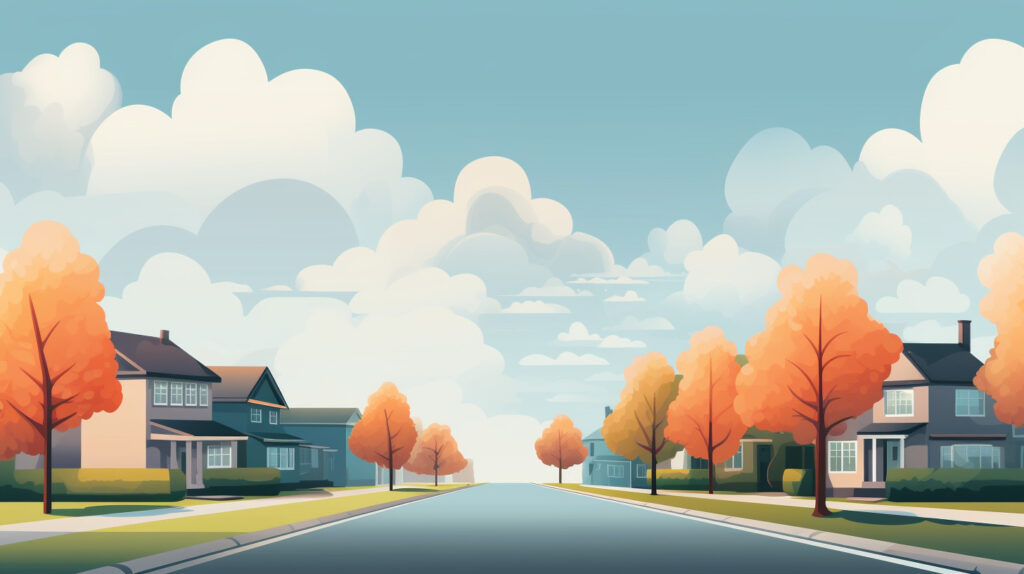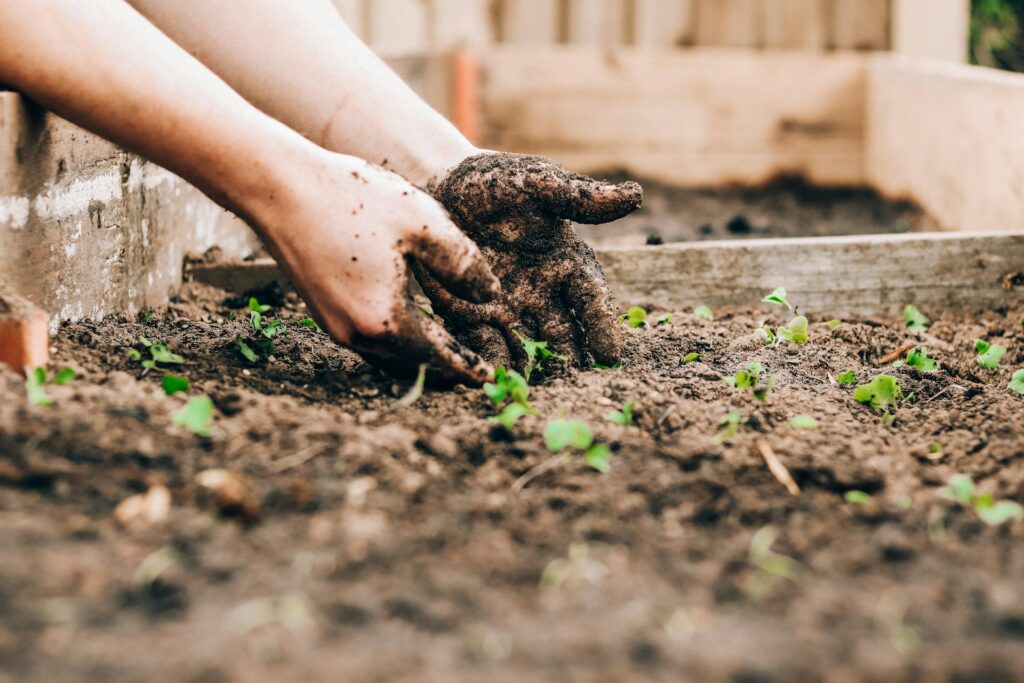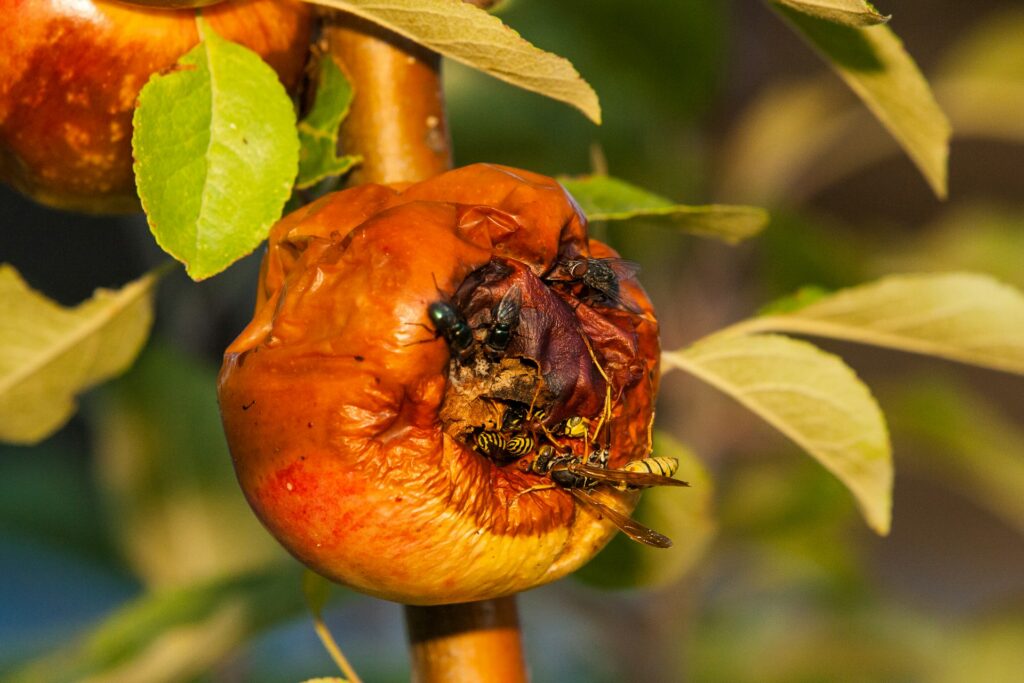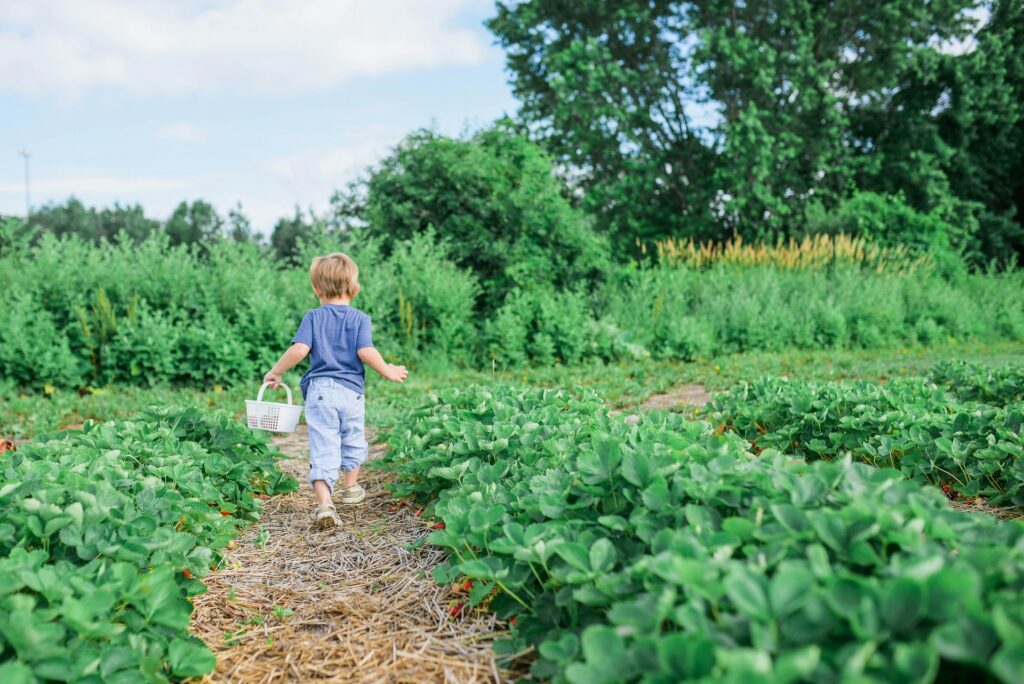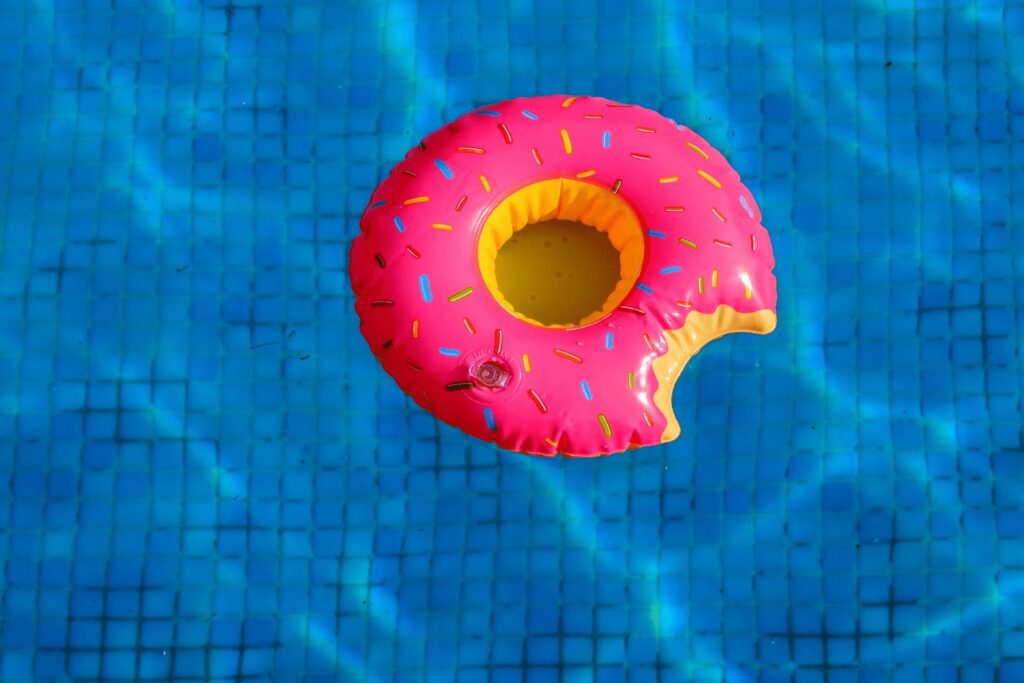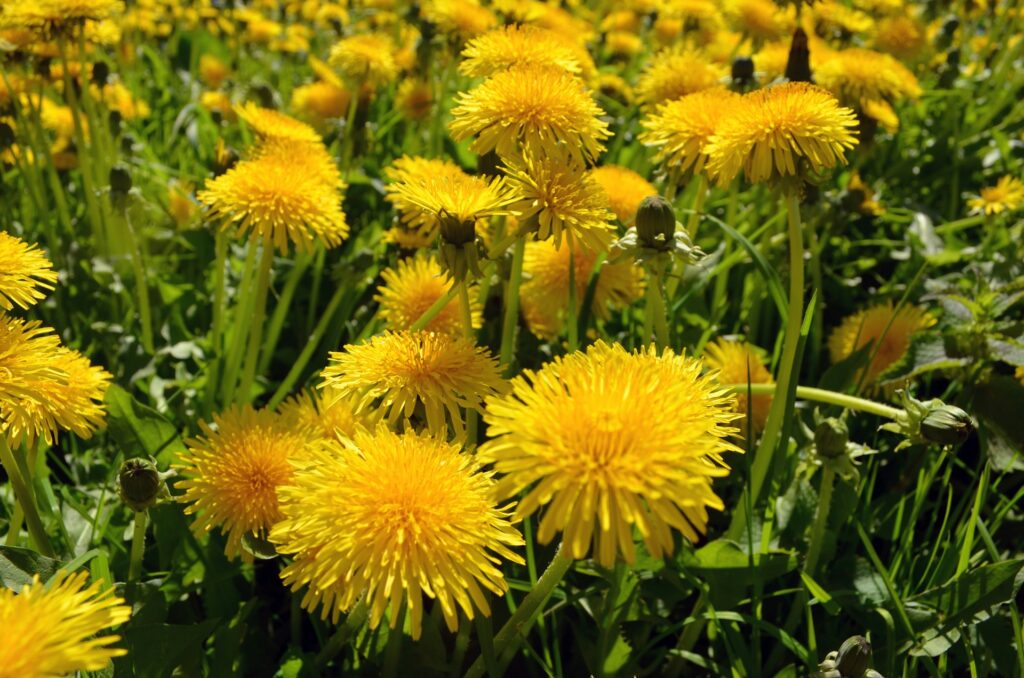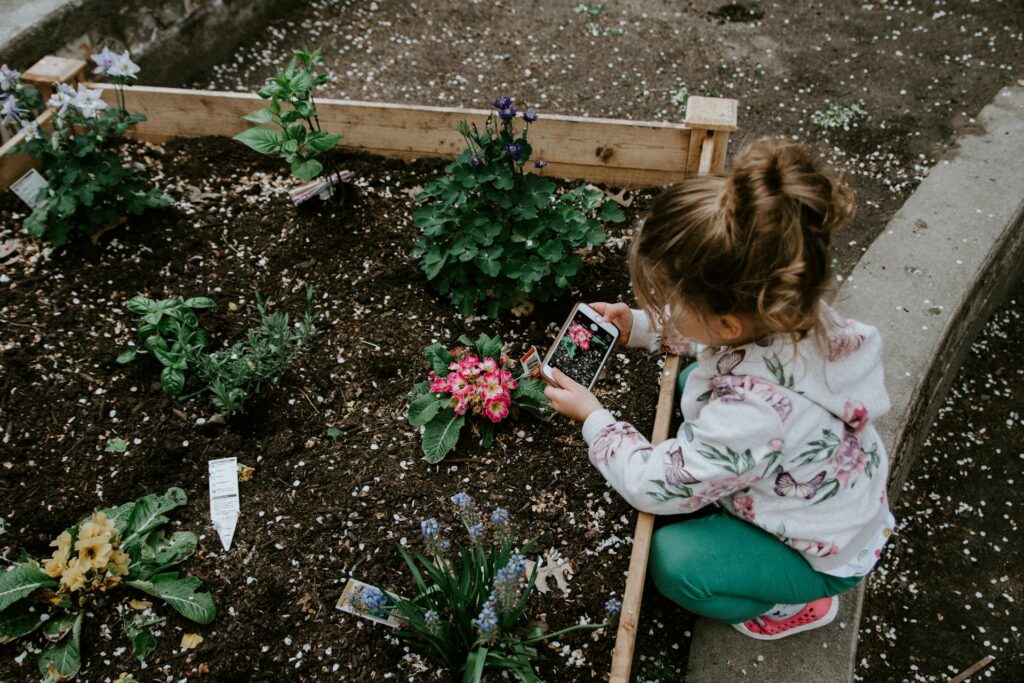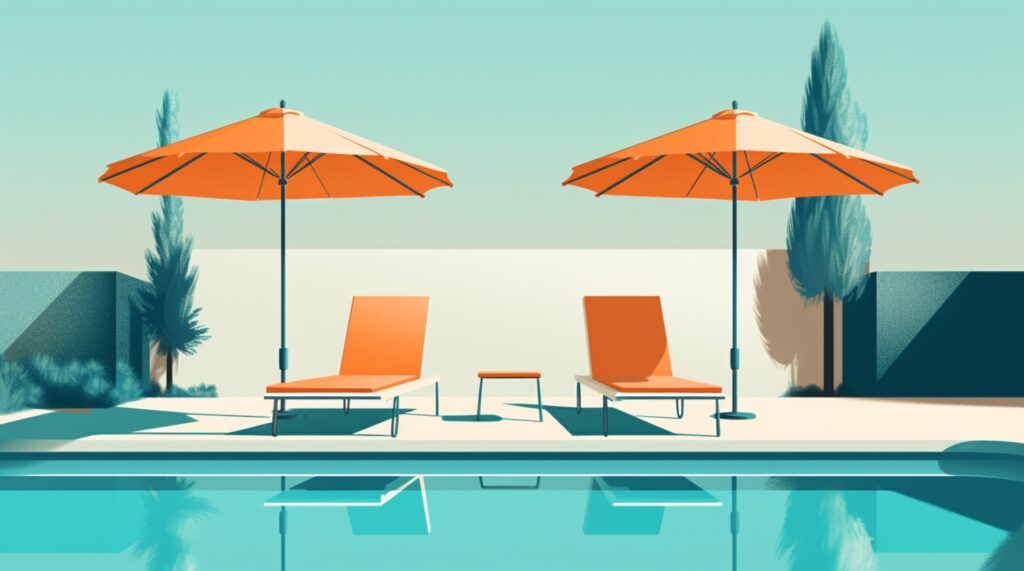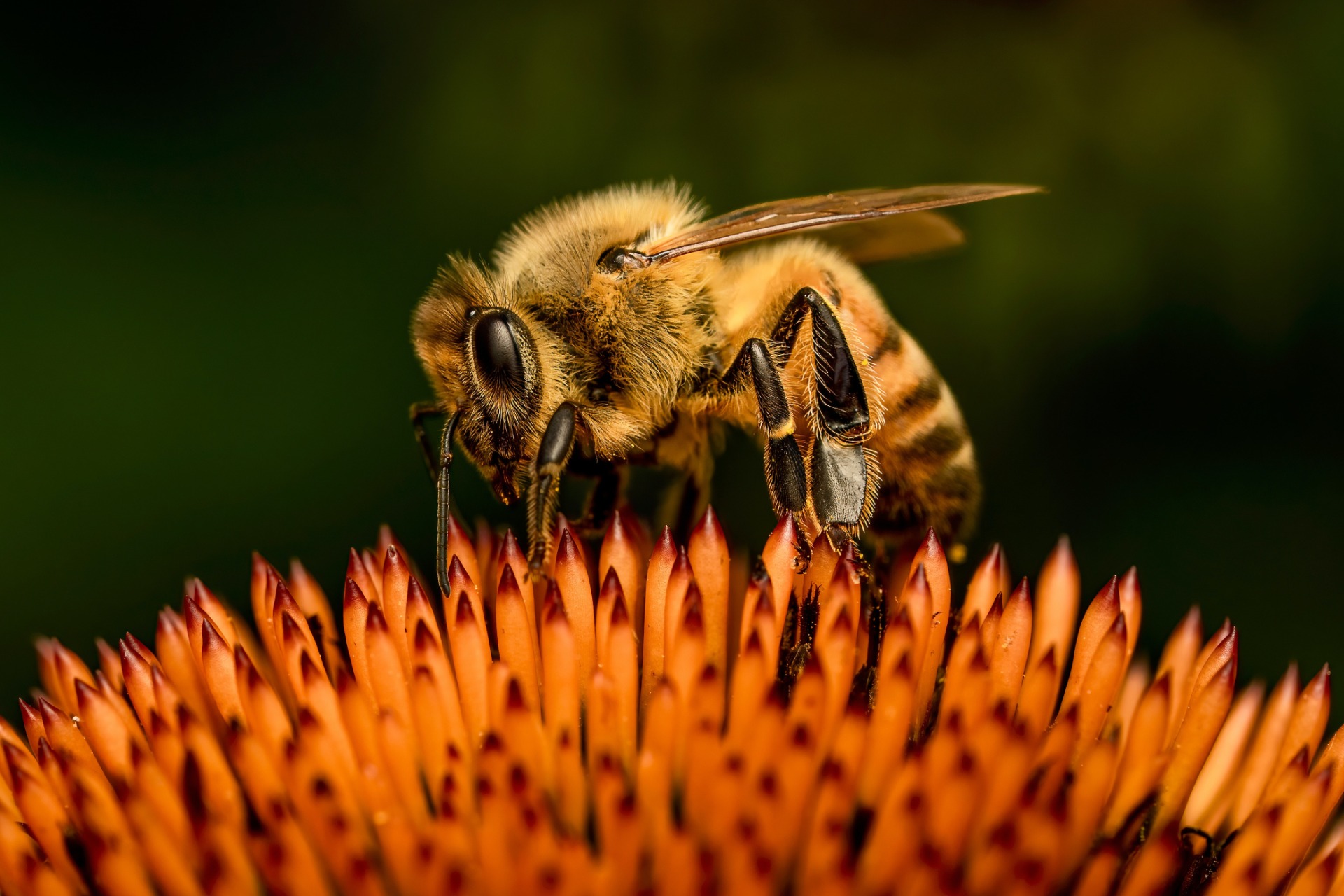
We are reader-supported. When you buy through links on our site, we may earn an affiliate commission.
Bees play a crucial role in maintaining the planet and human life. These tiny pollinators help crops flourish, giving humans a steady food source. As important as bees are, humans have not been so kind to them. Bee populations are dwindling, endangering the planet. If you’re looking for ways to be kinder to these buzzing pollinators, you can start your own bee garden. You can do your part in creating safe spaces for bees to flourish while enjoying a beautiful hobby.
What is a Bee Garden?
A bee garden is a specially designed planting area meant to attract and support bee populations. Gardens for pollinators like bees and butterflies typically include flowering plants. These plants attract bees and give them the necessary nectar and pollen. The goal is to create a space where bees can gather and have their needs met.
A bee garden can help bees find a safe space with food, water and shelter. Back then, pollinating plants were everywhere, making it easy for bees to find water and shelter. However, as humans built towns and cities, stretches of nature diminished to mere patches. As people continue to build, bee populations also plummet.
On a smaller scale, bee gardens can create safe spaces for bees again. These spaces can help their populations flourish. In turn, the necessary work bees do will significantly benefit the ecosystem.
Why Should You Make a Bee Garden?
A bee garden can greatly benefit both you and the bees. Gardens are very good for your mental health — exposure to greenery and moderate sunlight can improve your well-being. Plus, the presence of bees can help your plants flourish. Flowers will bloom brighter, and fruit-bearing plants are more likely to produce fruit. Seeing a beautiful garden can help give you a sense of accomplishment and satisfaction.
How to Make a Bee Garden
Making a bee garden can be as simple as getting the right plants. However, there are other things you can do to make your space even friendlier to bees. Here’s how you can build a great bee garden:
Choose the Right Plants
The most important part of a bee garden is the plants. You should fill your space with various plants that can be an excellent pollinator food source.
Flowers
Flowers are some of the best plants you can add to your bee garden. Bees like purple, violet and blue flowers the most since bees can see shorter wavelengths, like UV light. Bees can’t see red and will perceive reddish colors as yellow or orange.
The best flowers for your garden will be nectar and pollen-rich and are in the right color to attract bees. Here are some flowers they will like:
- Lavender
- Verbena
- Alliums
- Bee Balm
- Oriental Poppy
- Catmint
- Zinnia
Vegetables
Plenty of vegetables have flowers that attract bees. You can plant vegetables and let your buzzing friends help them flourish. You’ll have delicious crops and the bees will enjoy their food. Here are some bee-friendly vegetables you can plant in your garden:
- Zucchini
- Cucumber
- Onions
- Beans
- Peppers
- Eggplant
Trees
If you have space for a tree in your backyard, it’s worth planting one. A fruit tree is good for bees and can provide delicious fruits. Here are some great trees for your garden:
- Apple
- Peach
- Pear
- Crabapple
- Cherry
Keep Similar Plants Together
Keeping similar plants together can help attract bees. Try to plant at least one square yard of similar plants. If you’re short on space, you can create a smaller-scale bee garden with all similar plants grouped. You can also line up containers of the same flowers and plants.
Account for Blooming Schedules
Ensure that your garden blooms year-round by adding plants with different blooming schedules. Bees will need nutrition and safety all year round. If you only add plants that bloom simultaneously, your garden won’t be able to help bees at other times of the year. Make sure to add plants that bloom both during early and late seasons. You can also add perennial flowers,
Stay Natural
You should avoid using harmful chemicals to maintain your plants when making a bee garden. You should steer clear of chemical herbicides, pesticides and fungicides. These chemicals harm bees. Some can bring these chemicals back to their hives, damaging the entire population.
You can instead look for bee-friendly pesticides with nontoxic ingredients like neem oil, pepper, garlic and corn gluten.
Let Weeds Grow
People generally see weeds as something negative. However, for your bee garden, don’t pull them out. Some native weeds attract bees and can also provide some shelter. Dandelions, milkweeds, thistles and goldenrods are some weeds bees like. Let them be if you see them growing in your bee garden. The bees love them.
Add a Water Source
Bees need a clean source of water. You can create your very own bee water station in your garden. One way to do it is to prepare a bird bath. Bees can’t swim, so you can keep them safe by adding clean pebbles at the bottom of the bird bath so they can have somewhere to stand.
You can also use a hummingbird feeder or simply put out a small shallow water bowl with pebbles at the bottom.
Create Shelter
Bees do have hives, but many also live solitary lives. These bees don’t have anywhere to go for safety. In your bee garden, you can give them a place to nest.
You can leave out insulating materials like dried leaves and grass or a compost pile for your regular bumblebee. For cavity-nesting bees like Mason or Carpenter bees, use untreated wood and drill a five-inch wide and three-inch deep hole for them to use as shelter. As for ground-nesting bees, you can leave patches of exposed soil for them to burrow into.
Be Consistent
Lastly, you should take care of your bee garden regularly. Water, fertilize, trim, prune and care for your plants. Maintaining your creation can ensure bees have food, water and shelter year-round. It can also help you since forming good habits can help improve your well-being.
Be Friends with Pollinators
Bees are vital to maintaining the way humans live. Without them, ecosystems would suffer, and food supplies worldwide would struggle. You can start a bee garden to help these trusty pollinators. In return, they’ll help your garden grow and thrive.


